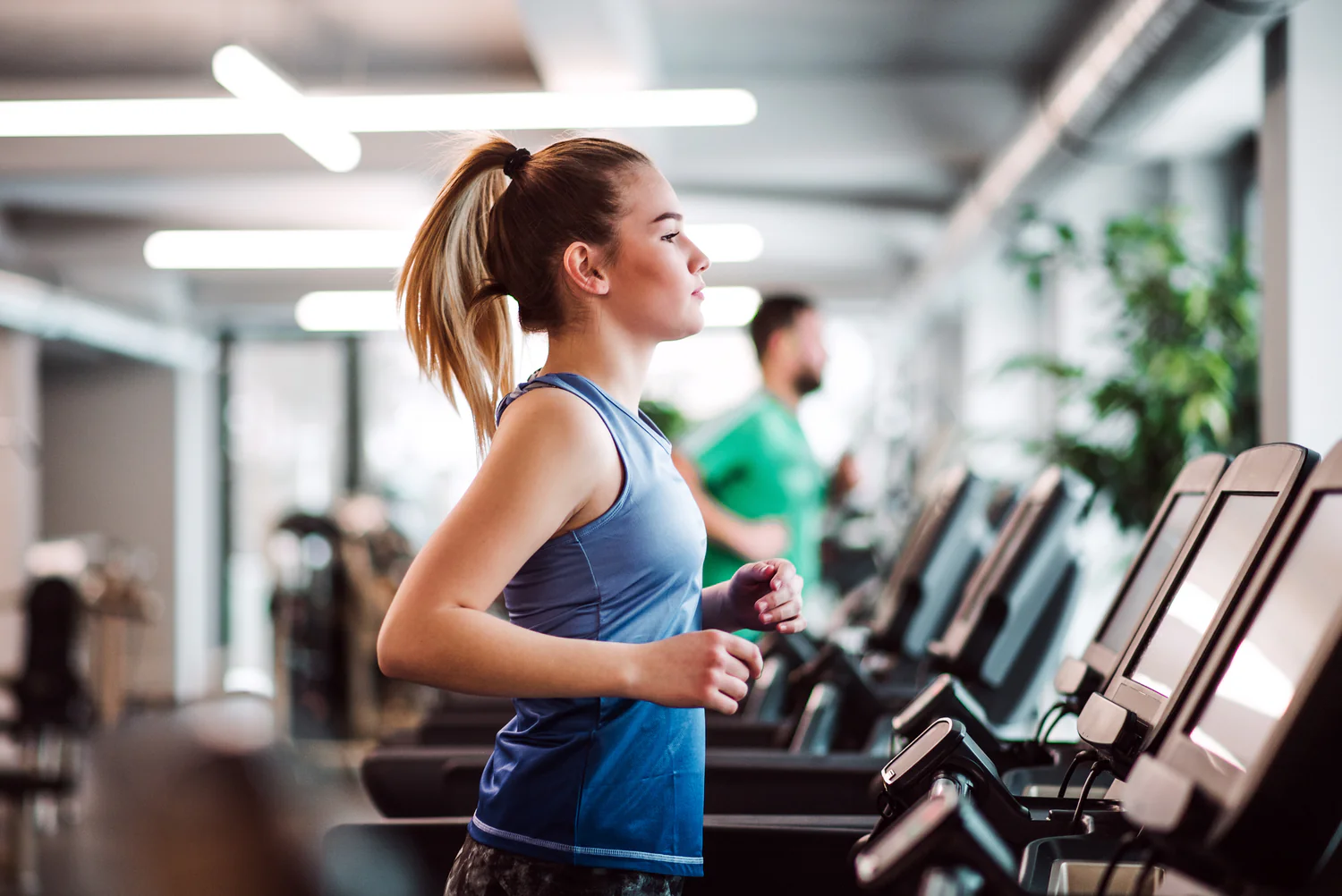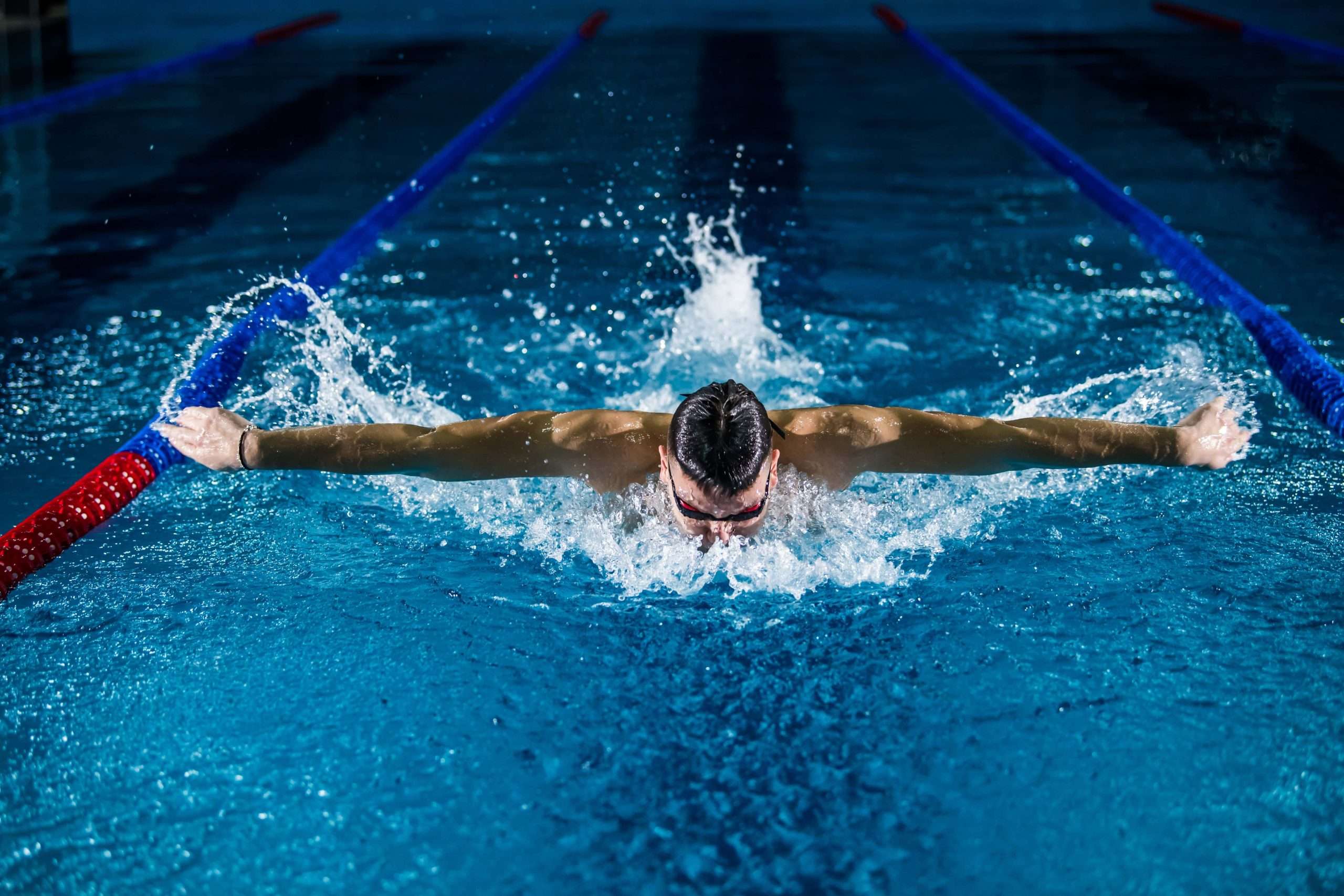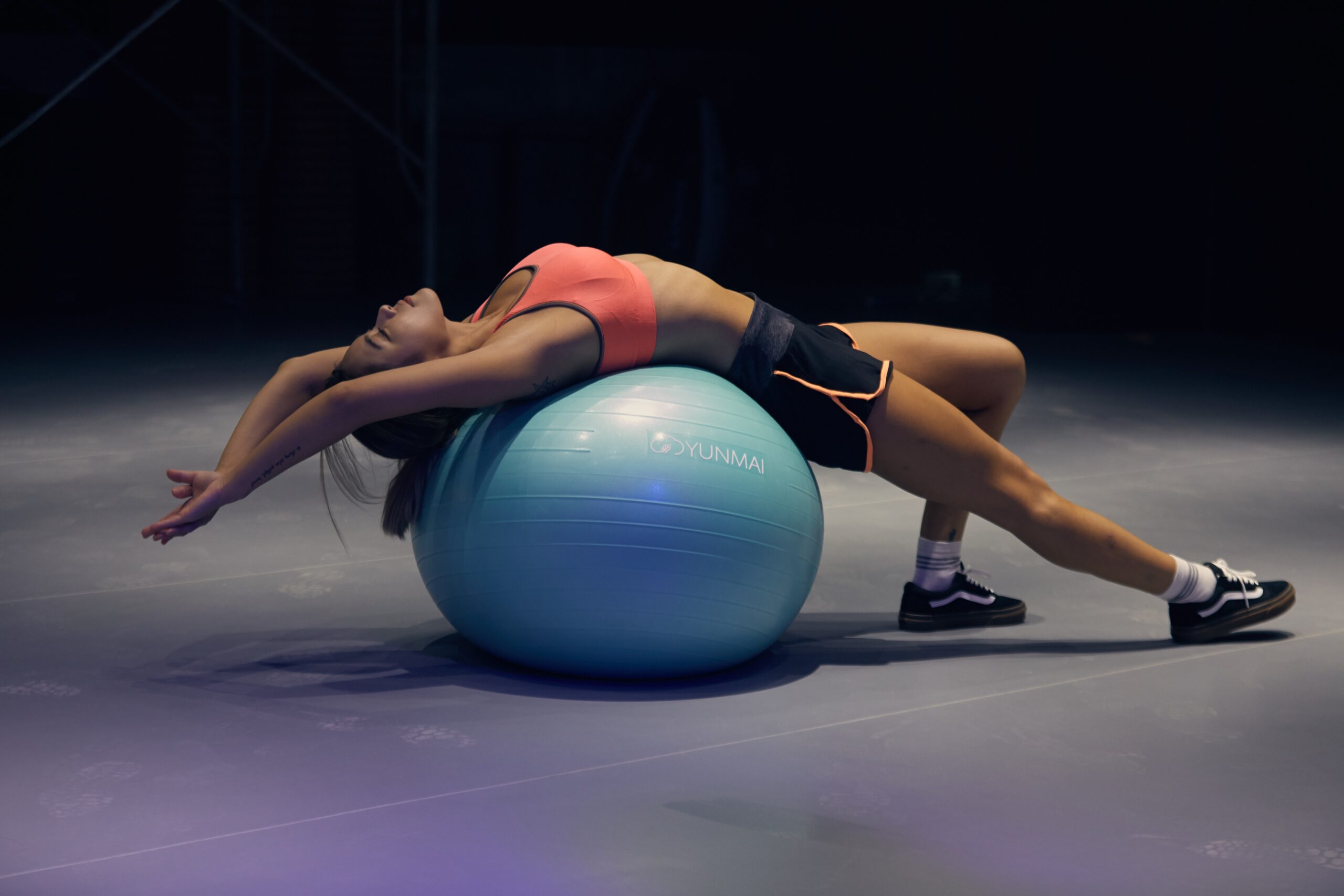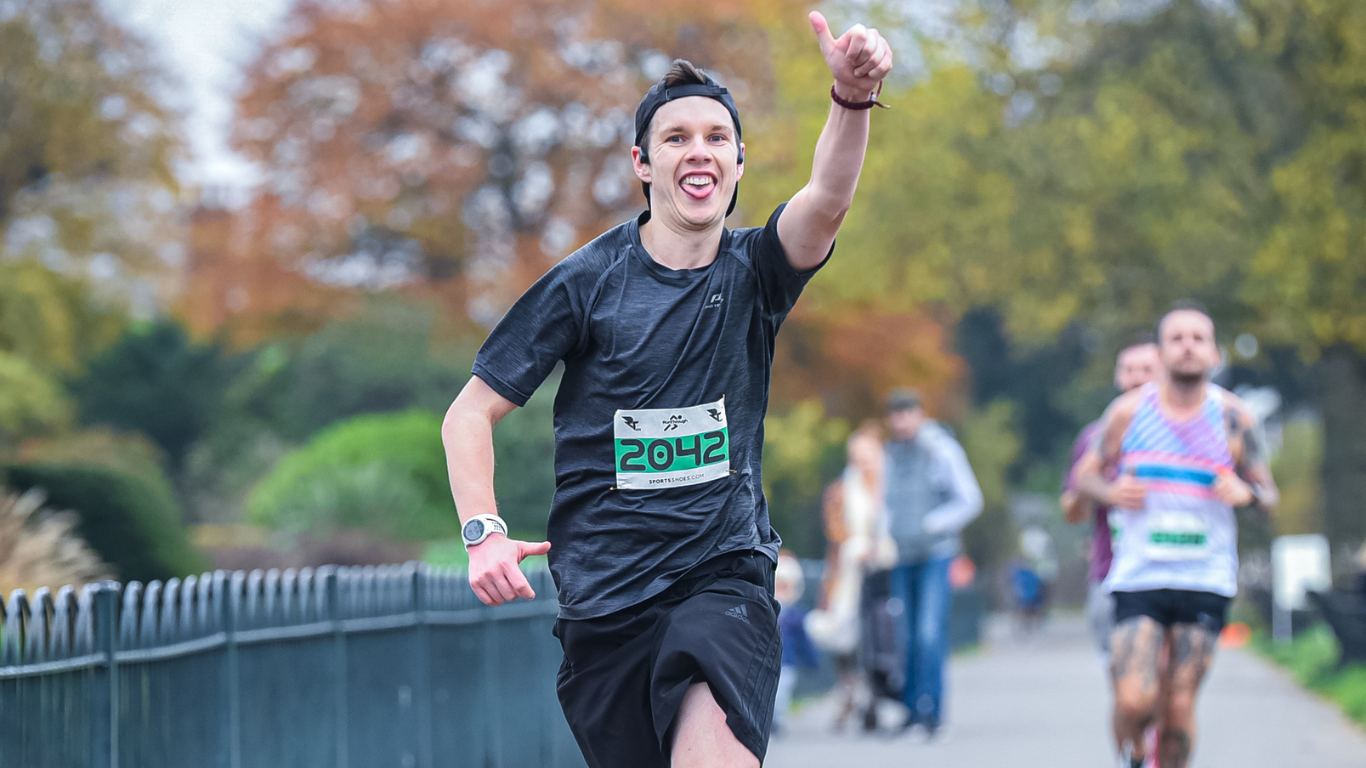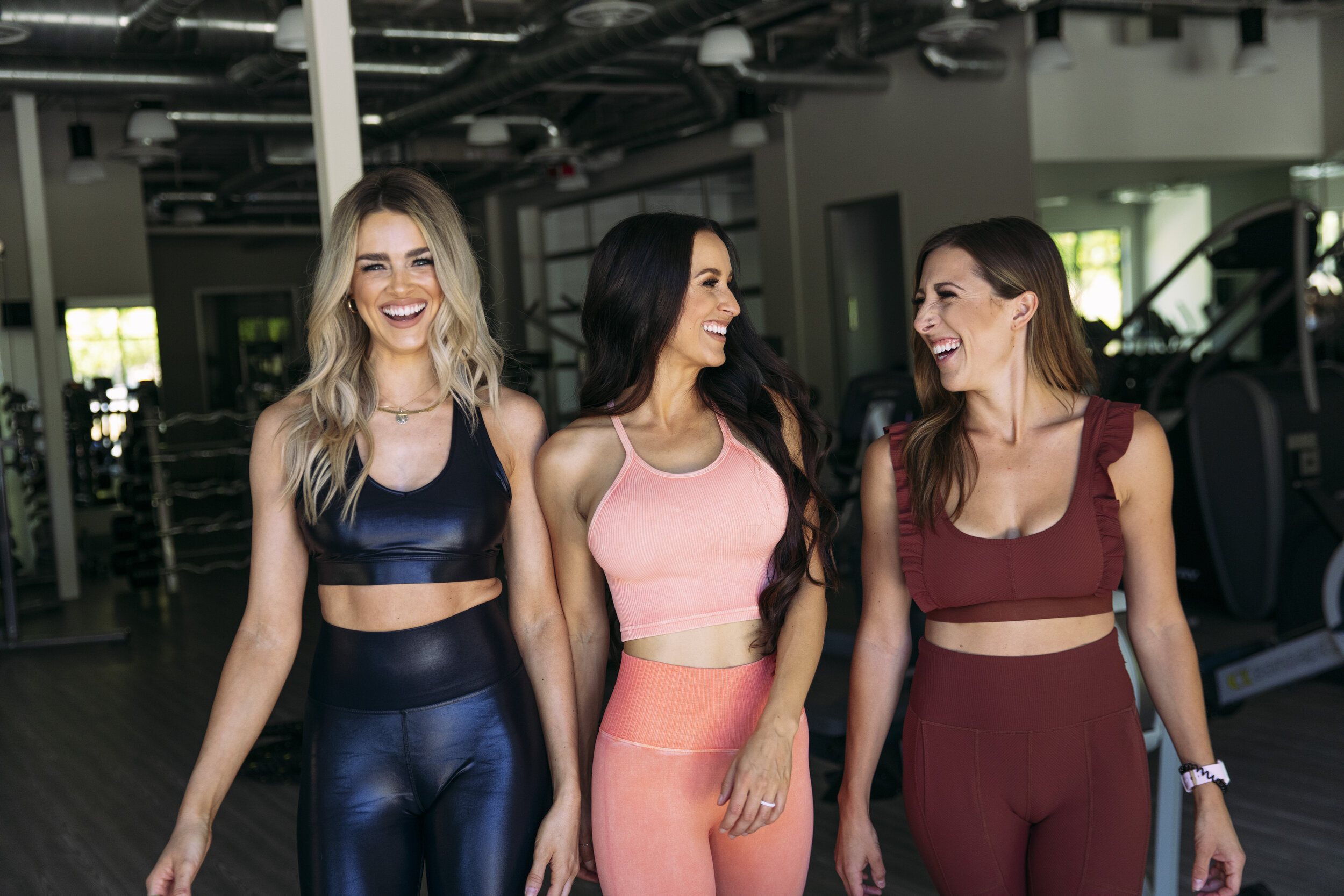Starting a fitness journey can be overwhelming, especially when it comes to cardio workouts. Getting your heart rate up is essential for improving your overall health and fitness. With the right approach, you can engage in simple, effective cardio workouts that fit your beginner level.
This article will guide you through five beginner-friendly cardio workouts. These routines require little to no special equipment and can be done at home. Choosing the right workouts can make your fitness journey enjoyable and sustainable.
1)))Power Walking
Power walking is a great way to get your heart pumping without the intensity of running. It involves walking at a faster pace, typically 3 to 5.5 miles per hour. This speed helps you gain health benefits similar to running.
Before you start, it’s important to warm up properly. Take 5 to 10 minutes to walk at an easy pace. After that, do some light stretches to prepare your muscles.
During your power walk, focus on good posture. Keep your head up, shoulders back, and swing your arms to help increase your speed. You should aim to maintain a brisk pace, but listen to your body.
Power walking is suitable for everyone, especially beginners. It can be done anywhere, whether indoors or outdoors. This makes it a flexible workout option.
With regular practice, you will notice improvements in your stamina and overall health. Power walking can also be a fun way to enjoy nature or socialize with friends. It’s a simple yet effective cardio workout.
2) Jumping Jacks
Jumping jacks are a simple and effective cardio exercise. They can be done anywhere and require no special equipment. This makes them perfect for beginners.
To perform jumping jacks, start by standing with your feet together and arms at your sides. Jump and spread your legs shoulder-width apart while raising your arms overhead. Then, jump back to the starting position.
You can adjust the intensity based on your fitness level. For a low-impact version, step your feet out one at a time instead of jumping. This way, you can still get the benefits without putting too much stress on your joints.
Aim for a set of 10 to 20 jumping jacks to get your heart rate up. As you grow more comfortable, try increasing the number or doing them in quick bursts to boost your workout.
Jumping jacks are a great way to warm up or add cardio to your routine. They engage multiple muscle groups, including your legs, arms, and core. This full-body movement helps improve your coordination and endurance over time.
3) Cycling
Cycling is an excellent way to improve your cardiovascular fitness. It can be done indoors on a stationary bike or outdoors on a traditional bike.
Start with short sessions of 10 to 20 minutes to build your stamina. As you feel more comfortable, gradually increase your time and intensity.
You can change the resistance on a stationary bike to make your workout harder. This helps build strength in your legs while elevating your heart rate.
If you’re cycling outside, look for a flat area or a bike path. This makes it easier, especially if you are just starting out.
Aim to cycle three to four times a week. Consistency is key to seeing progress.
Always remember to warm up before your ride and cool down afterward. This helps prevent injury and aids recovery.
Cycling is a low-impact exercise, which means it’s easier on your joints than running. This makes it a great option if you have any joint concerns.
4) Swimming
Swimming is an excellent way to get your cardio in. It works many muscles at once and is easy on your joints. You can adjust the intensity based on your skill level.
For beginners, start with simple workouts that include a warm-up. This helps your body get ready for the main set.
Once warmed up, focus on swimming at a steady pace. Aim for about 20 to 30 minutes. You can use various strokes like freestyle, backstroke, or breaststroke. Each provides a different challenge.
After your main set, take time to cool down. This could include light swimming or gentle stretches in the water.
Joining a swim class can also be helpful. You’ll learn proper techniques and stay motivated. Many pools offer beginner-friendly sessions led by experienced instructors.
Swimming not only builds endurance but also enhances your technique. It’s a full-body workout that can easily fit into your routine. Enjoy the water, and remember, practice makes progress.
5) Elliptical Trainer
The elliptical trainer is a great option for beginners looking to improve cardio fitness. It provides a low-impact workout that reduces strain on your joints and muscles.
Using an elliptical, you can simulate walking or running without the harsh impact. This makes it easier for you to exercise regularly. Many machines have adjustable resistance and incline levels for added challenge.
A beginner workout could start with a simple 20-minute session. You can include a warm-up period, followed by a mix of moderate and intense intervals. Gradually increase the intensity as you build endurance.
Elliptical workouts can burn a significant number of calories, depending on your weight and effort. Studies suggest you can burn between 278 to 350 calories in just 30 minutes.
Taking advantage of the built-in programs on the machine can also guide your workouts. These can help you stay motivated and track your progress.
Overall, the elliptical is user-friendly, making it a smart choice for those new to cardio exercise.
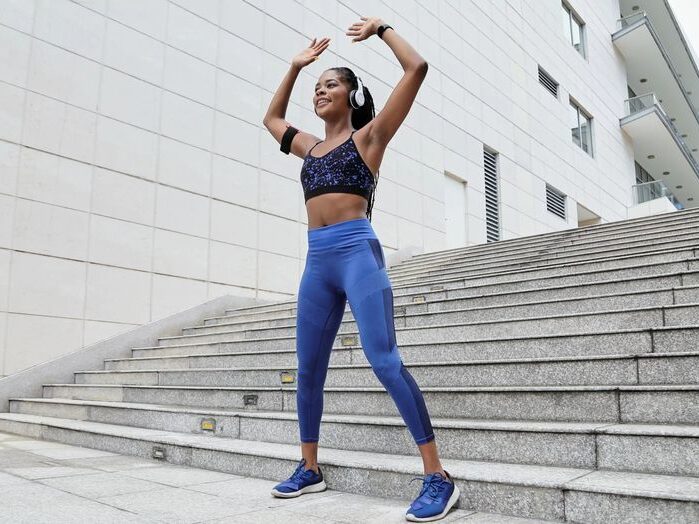

Benefits of Cardio for Beginners
Cardio workouts offer numerous advantages for beginners. These benefits include improved heart health and effective weight management, which are essential for starting your fitness journey.
Improved Cardiovascular Health
Engaging in cardio exercises strengthens your heart and lungs. As you perform these workouts, your heart rate increases, helping to pump blood more efficiently.
This process enhances blood circulation throughout your body, which can lower your risk of heart disease. Regular cardio helps improve your body’s ability to use oxygen, making daily activities feel easier over time.
A consistent cardio routine can also help reduce blood pressure and cholesterol levels. These changes positively impact your overall health and energy levels, making you feel more active and alert.
Weight Management
Cardio workouts are effective for burning calories, which aids in weight management. When you increase your heart rate through exercises like walking, jogging, or cycling, your body uses energy stored in fat.
This helps you lose weight when combined with a balanced diet.
Additionally, cardio can boost your metabolism, meaning you burn more calories even while at rest.
As a beginner, starting with moderate-intensity cardio for 20 to 40 minutes a few times a week can create a sustainable routine for managing your weight. By gradually increasing the intensity and duration, you’ll see further results.
How to Get Started
Starting your cardio journey may feel challenging, but you can make it manageable with a thoughtful approach. Focus on setting clear goals and investing in the right equipment to support your efforts.
Setting Realistic Goals
Begin with achievable goals that match your current fitness level. For example, aim to complete three workouts per week for about 20 to 30 minutes.
SMART Goals can help:
- Specific: Decide on the type of cardio—like walking, jogging, or cycling.
- Measurable: Track your time or distance to see progress.
- Achievable: Ensure your goal is doable, such as adding 5 minutes to your workout each week.
- Relevant: Choose activities you enjoy for better adherence.
- Time-bound: Set a deadline, like preparing for a fun run in three months.
Adjust your goals as you progress. Celebrate small victories to stay motivated.
Choosing the Right Gear
Having the right gear can make a big difference in your workout experience. Start with comfortable clothing that allows freedom of movement. Look for moisture-wicking fabrics that help you stay dry.
Footwear is crucial:
- Opt for supportive shoes made for your activity (running, walking, etc.).
- Ensure they fit well—no tight spots or excessive movement.
Consider using a fitness tracker or app to monitor your progress. These tools can motivate you to stick with your routine and set new targets.
Frequently Asked Questions
Here are answers to common questions about cardio workouts for beginners. These will help you understand how to get started and what to expect as you begin your fitness journey.
What are some simple cardio exercises for beginners with no equipment?
You can try several easy cardio exercises at home without any special gear. Some effective options include:
- Power Walking: A brisk walk is a great way to get your heart rate up.
- Jumping Jacks: This classic move raises your heart rate and works multiple muscle groups.
- Dancing: Put on some music and dance; it’s fun and a good workout.
How can beginners incorporate weights into their cardio workouts?
Adding weights can enhance your cardio routine. Start by using light weights, like 1 to 5 pounds. You can hold weights while performing exercises like:
- Walking: Carry weights while you walk for added resistance.
- Jumping Jacks: Hold light weights in each hand during the exercise.
- Lunges: Add weights for extra intensity as you lunge.
What does a beginner’s cardio workout look like when done at home?
A simple home cardio workout can be structured like this:
- Warm-up: 5 minutes of light stretching or marching in place.
- Workout: 20 minutes that includes a mix of power walking, jumping jacks, and body-weight squats.
- Cool down: 5 minutes of stretching to help your muscles recover.
Can you suggest a 5-minute cardio routine suitable for beginners?
A quick 5-minute routine could include:
- 1 minute of marching in place
- 1 minute of jumping jacks
- 1 minute of high knees
- 1 minute of side steps
- 1 minute of arm circles
This routine is easy to follow and can get your heart pumping quickly.
What should be the initial cardio goals for a beginner in fitness?
As a beginner, your goals should focus on consistency rather than intensity. Aim to:
- Exercise 3 to 4 times a week.
- Start with sessions lasting 20 to 30 minutes.
- Gradually increase your time and intensity as you become more comfortable.
How does the 5 4 3 2 1 workout structure apply to cardio exercises?
The 5 4 3 2 1 workout structure can help you balance your cardio workouts. It suggests:
- 5 minutes of easy exercise: Such as relaxed walking or light stretching.
- 4 minutes of moderate exercise: Like brisk walking or dancing.
- 3 minutes of higher-intensity exercise: Such as jumping jacks or running in place.
- 2 minutes of cool down: To relax your body.
- 1 minute of stretching: To improve flexibility and prevent injury.
